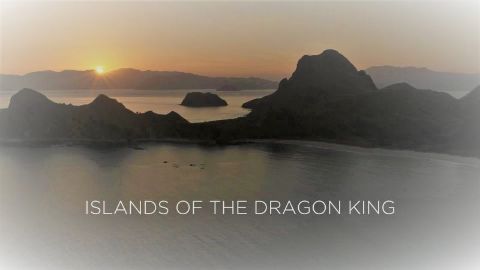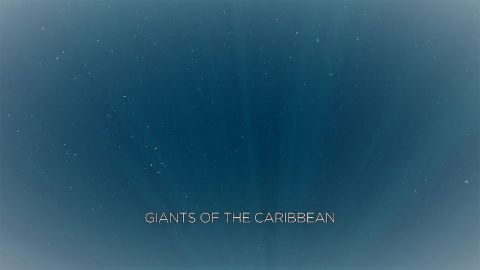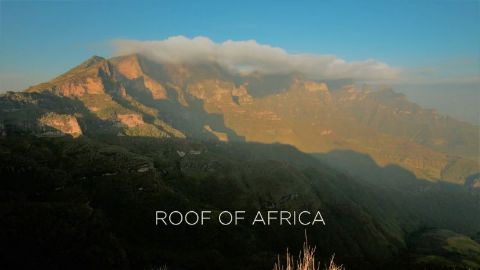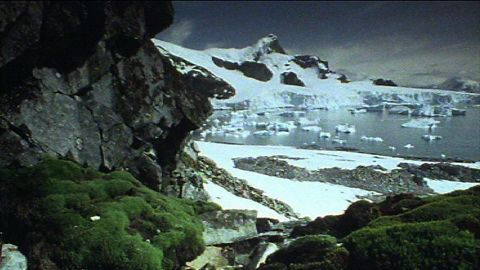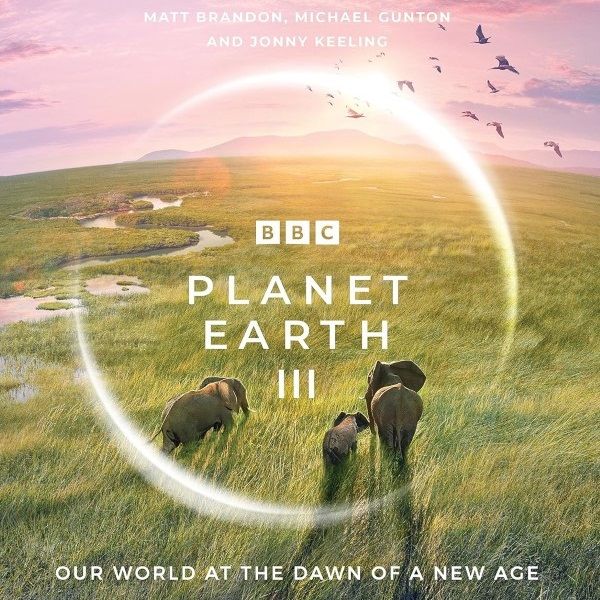Mysterious Planet • 2020 • 5 episodes •
David Schwimmer meets some of the strangest creatures on Earth. Komodo Dragons are excellent swimmers who have migrated far from the Komodo Islands in the past. Without the need for any males to reproduce, and one single female could potentially populate an entire island on her own.
2020 • Nature
David Schwimmer explores an underground world of monsters and aliens. The largest gathering of the largest fish on the planet--over four hundred whale sharks--assembles in the same small patch of ocean just off Mexico’s Yucatan Peninsula. Why are they here? Mysterious Planet embarks on an epic journey to find out: from the clear blue waters of the Caribbean, into the largest network of flooded caves on Earth, spiritual underworld of a lost civilization, home to monsters and alien life forms ,where a meteorite the size of Manhattan is hurtling towards planet Earth, on course to kickstart the evolution of a whole new line of ocean giants.
2020 • Nature
David Schwimmer travels through the Andes, uncovering two different worlds. The Andes: one mountain range connecting two completely different worlds: A frigid ice-land and a fortress of Fire
2020 • Nature
